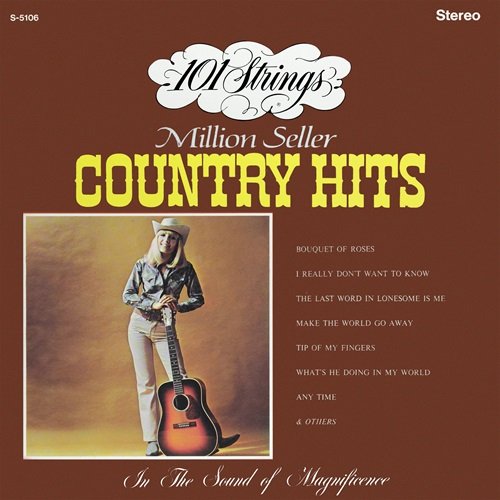Jay Rosen, John O'Gallagher, Masa Kamaguchi - Rules of Invisibility Vol. 2 (2004)
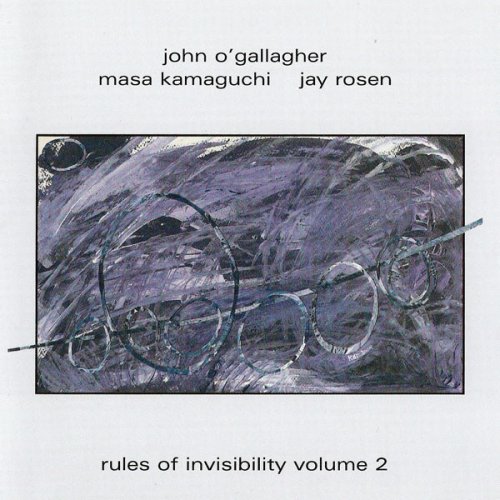
Artist: Jay Rosen, John O'Gallagher, Masa Kamaguchi
Title: Rules of Invisibility Vol. 2
Year Of Release: 2004
Label: CIMP Records
Genre: Jazz
Quality: flac lossless (tracks, log, scans)
Total Time: 01:00:57
Total Size: 288 mb
WebSite: Album Preview
TracklistTitle: Rules of Invisibility Vol. 2
Year Of Release: 2004
Label: CIMP Records
Genre: Jazz
Quality: flac lossless (tracks, log, scans)
Total Time: 01:00:57
Total Size: 288 mb
WebSite: Album Preview
01. Bouncin' Billie take 1
02. Later, bird
03. Don't move
04. Borneo
05. Olo's
06. Together
07. Post Adriatic Sea
08. Premonition
09. Bouncin' Billie take 2
Rules of Invisibility Volume 2 , the companion to last year's acclaimed Volume 1 , begins with a timid fluttering of notes from saxophonist John O'Gallagher that welcomes the listener to the nine-song session—a private invitation to sit in on O'Gallagher's Spirit Room romp with bassist Masa Kamaguchi and longtime CIMP session man drummer Jay Rosen. In a way, this is the thinking behind all CIMP recordings: to make the listener feel like a fly on the wall, witness to the creative process at work. A disclaimer on the back of Rules of Invisibility explains that all CIMP records are documented live to two tracks, without the post-production of compressions, mixing, etc.
And this is all good, don't get me wrong. The rawness of these recordings is definitely appreciated, but the demand to "treat the recordings as your private concert"? is a bit much. The beauty of experiencing music live is the excitement and fear of not knowing what could happen. On record though, I myself would prefer to hear perfection in all its possible forms. Not that Rules of Invisibility Volume 2 is laden with mistakes—these are three talented improvisers. But often the lower bass notes literally get lost in the mix and, conversely, when Rosen elects to pound away, the kick drum and cymbal crashes can be overbearing—all problems that would have been easily fixed with post-production leveling.
After the inviting opening notes of "Bouncin Billie"? comes the much longer second tune, "Later, Bird,"? a swinging number that features great lyrical work from O'Gallagher. "Don't Move"? is much slower, sans swing, with great Rashied Ali-like pecking from Rosen. O'Gallagher plays wonderfully on the more difficult soprano sax on "Premonition,"? wailing in conjunction with Rosen's furious, brink-of-disaster drum work. On "Olo,"? O'Gallagher stands alone, sounding like a sorrowful sax man singing under the bridge '" beautiful stuff from the unheralded bandleader.
This is when the band is at its best, on "Olo"? as again on "Post Adriatic Sea"? and elsewhere on this record—spacious and slower numbers that allow each individual to express himself without confines, confident that no member will stretch beyond the capabilities of his playmates. It's amazing to think that such amazingly interactive, expressive and communicative playing could come out of a session where, producer Bob Rusch admits, there was little if any eye contact between the musicians.
The trio setting is by far the most exciting arrangement for truly inspiring avant-garde or free jazz music. The level of communication between the players is so intimate—something that the larger ensembles of William Parker or the Art Ensemble of Chicago, or even Coltrane's larger groups with Ali and Elvin Jones and Pharoah Sanders can't touch. According to the producer's notes, the trio worked off sketches and ideas, with no written music, and this is obvious throughout the record. In a lot of ways it seems similar to Ornette Coleman's At the Golden Circle recordings (Blue Note, 1965) or, in a strange way, Charles Gayle, William Parker and Rashied Ali's astounding Touchin' on Trane (FMP, 1993).

![Ben Marc - Who Cares Wins (2025) [Hi-Res] Ben Marc - Who Cares Wins (2025) [Hi-Res]](https://img.israbox.com/img/2025-12/29/nqg428wawx3giymyblda2ld32.jpg)

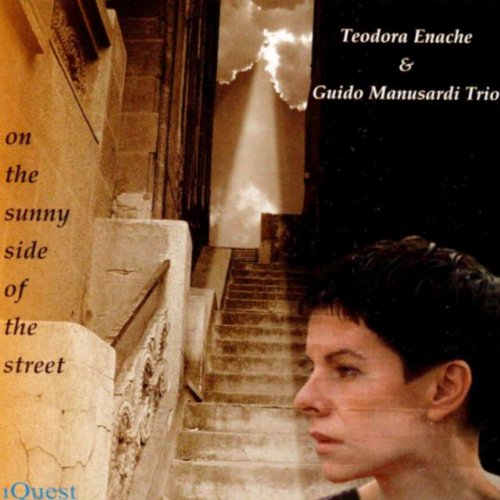
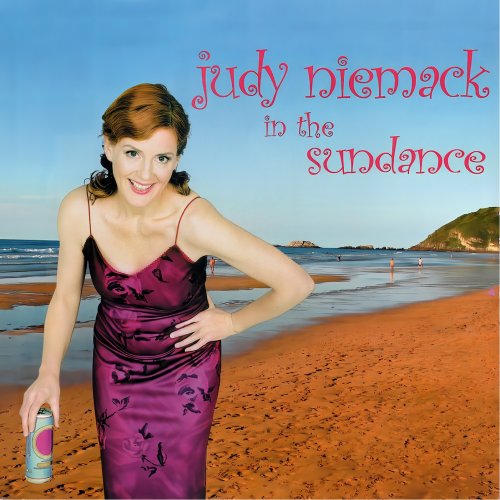
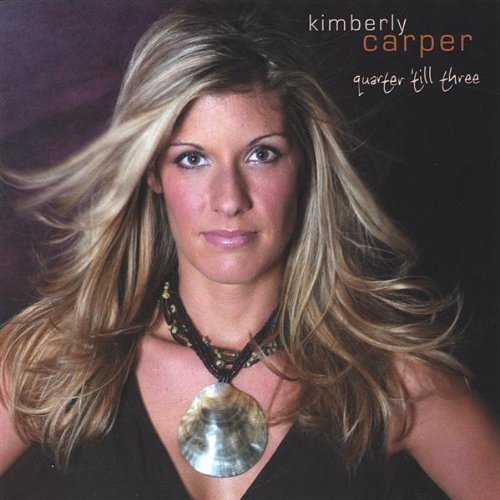
![Manny Albam and His Jazz Greats - Play Music from West Side Story (Remastered Edition) (2025) [Hi-Res] Manny Albam and His Jazz Greats - Play Music from West Side Story (Remastered Edition) (2025) [Hi-Res]](https://www.dibpic.com/uploads/posts/2026-01/1767257208_maws500.jpg)
